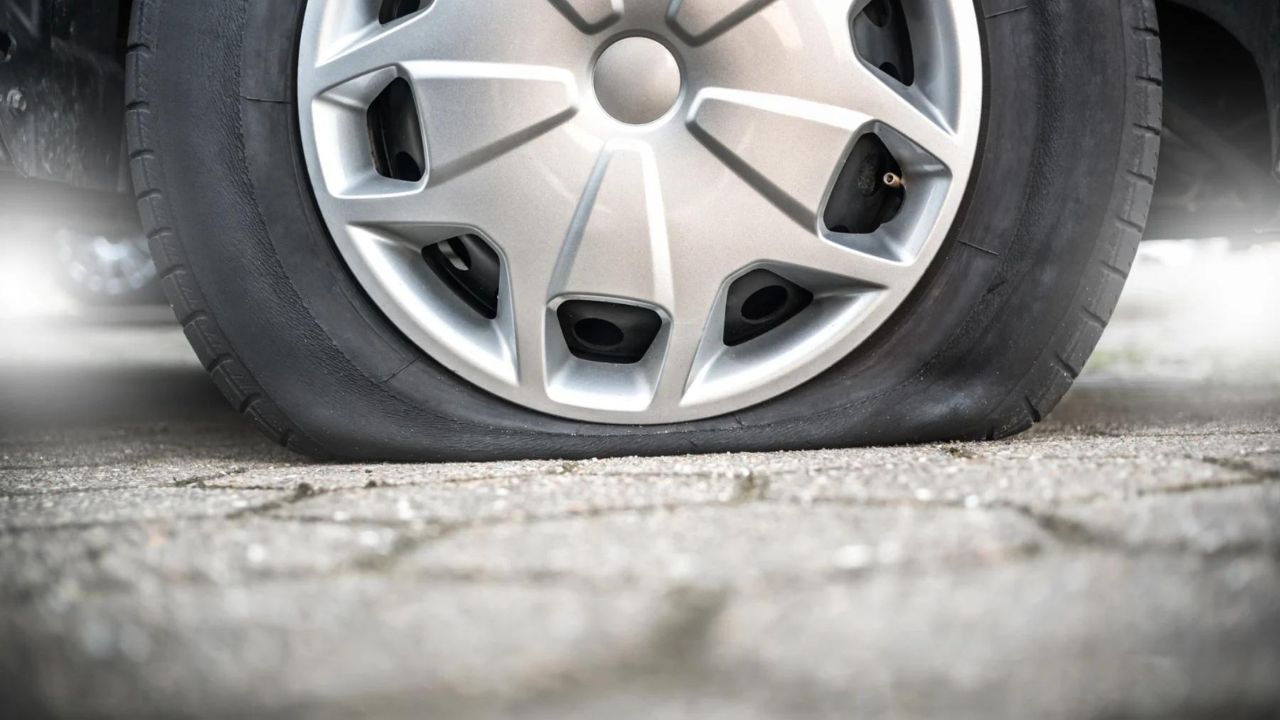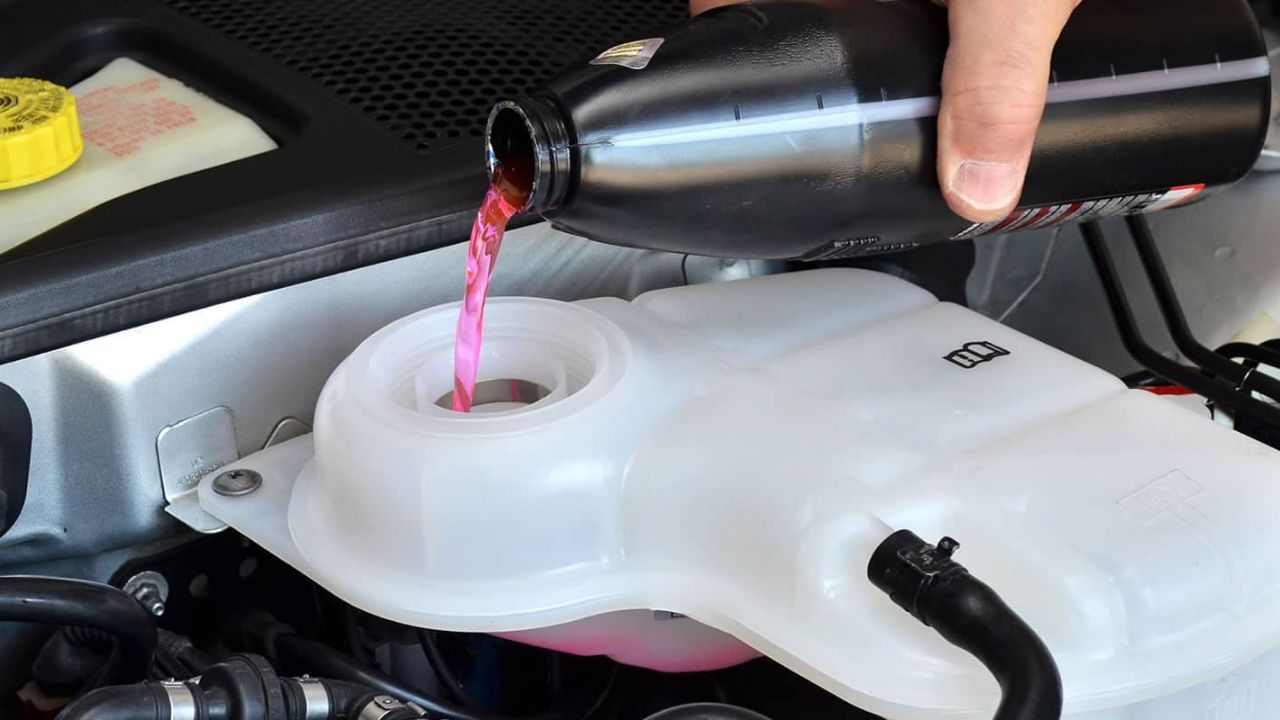How to Reset Car Computer: A Comprehensive Guide to Troubleshooting and Optimization
How to Reset a Car Computer (Step-by-Step Guide)
Resetting a car computer can be a straightforward process that can help improve vehicle performance and clear error codes. Below is a detailed step-by-step guide that applies to most vehicles.
Step 1: Turn Off the Vehicle
- Action: Ensure that the ignition is completely off before proceeding.
- Importance: This step is crucial to prevent any electrical current from interfering with the reset process. It also ensures safety while working with the battery.
Step 2: Disconnect the Battery
- Action:
- Locate the battery under the hood of your car.
- Using a wrench or socket set, loosen the nut on the negative (-) terminal of the battery.
- Carefully lift the cable off the terminal and secure it away from the battery to prevent accidental contact.
- Importance: Disconnecting the battery cuts power to the ECU, allowing it to reset completely. Always start with the negative terminal to avoid any risk of short-circuiting.
Step 3: Wait 15 Minutes
- Action: Leave the battery disconnected for at least 15 minutes.
- Importance: This waiting period ensures that all residual power in the vehicle’s electrical system is discharged, allowing the computer system to fully shut down and reset.
Step 4: Reconnect the Battery
- Action:
- After waiting, take the disconnected negative battery cable and place it back onto the negative terminal.
- Tighten the nut securely to ensure a good connection.
- Importance: A secure connection is vital for the electrical systems to function correctly. If the connection is loose, it can lead to poor performance or electrical issues.
Step 5: Start the Car
- Action:
- Insert the key into the ignition and turn it to the “On” position without starting the engine.
- Wait for a few seconds before turning the key to the “Start” position to start the engine.
- Importance: Allowing the vehicle to idle for a few minutes helps the ECU recalibrate itself and adjust to the new settings. This is essential for optimal performance.
Step 6: Check for Error Codes
- Action:
- After the car has idled for a few minutes, check if any warning lights remain on the dashboard.
- If the “check engine” light is still on, it may indicate an unresolved issue.
- Importance: Monitoring the dashboard lights ensures that the reset process was successful. If the warning lights persist, it may require further diagnostics.
Alternative Method: Using an OBD-II Scanner
For modern vehicles, you may not need to disconnect the battery to reset the car computer. Instead, you can use an OBD-II scanner:
- Step 1: Purchase or borrow an OBD-II scanner.
- Step 2: Connect the scanner to the OBD-II port. This port is typically located under the dashboard near the steering column.
- Step 3: Turn on the ignition without starting the engine. This powers the scanner.
- Step 4: Follow the instructions on the scanner to clear the error codes. This usually involves selecting the option to “Clear Codes” or “Reset ECU.”
- Step 5: Disconnect the scanner after completing the reset. Ensure you turn off the ignition first.
Using an OBD-II scanner is often quicker and can be more effective, as it allows for error code clearing without having to disconnect the battery.



Post Comment